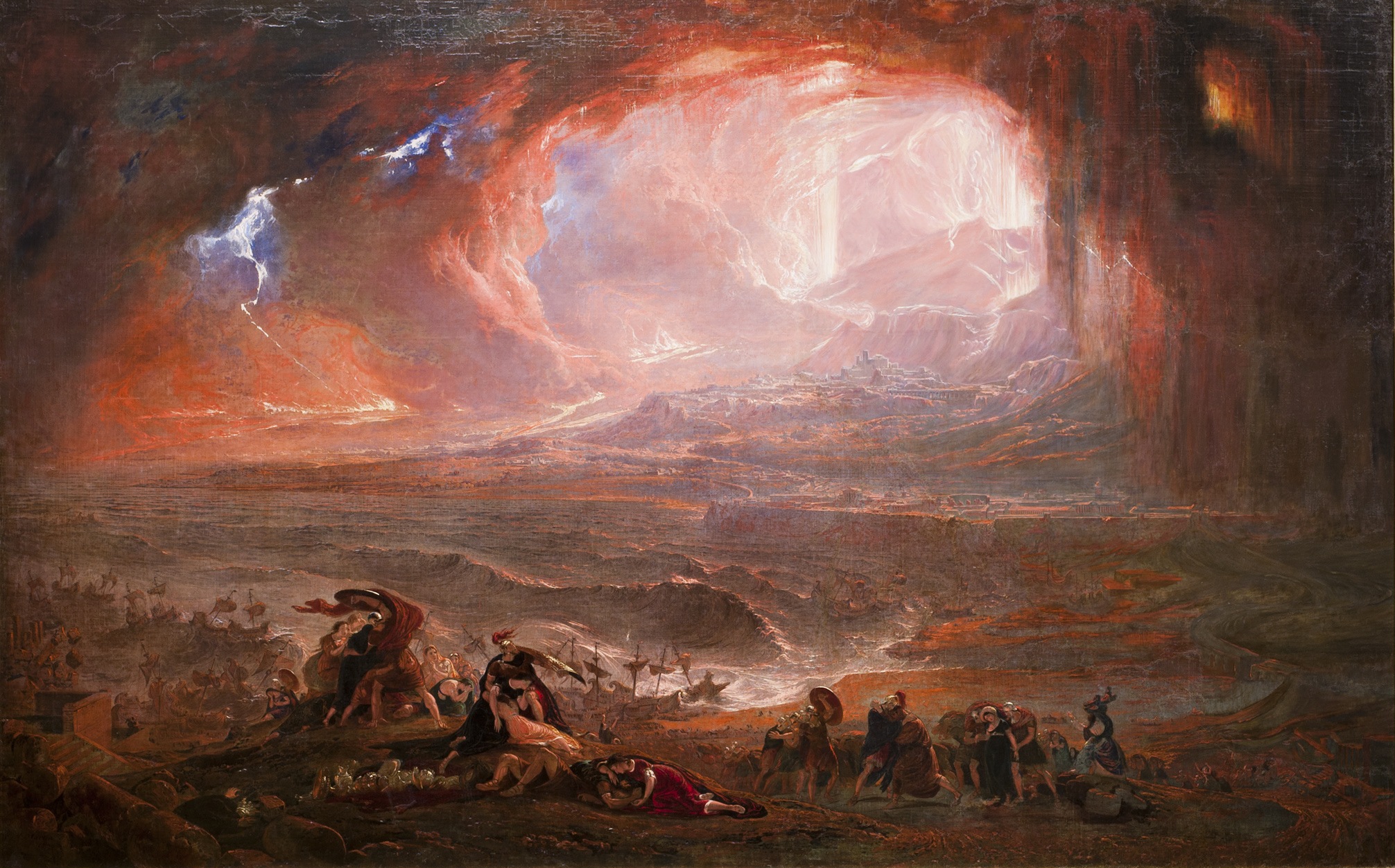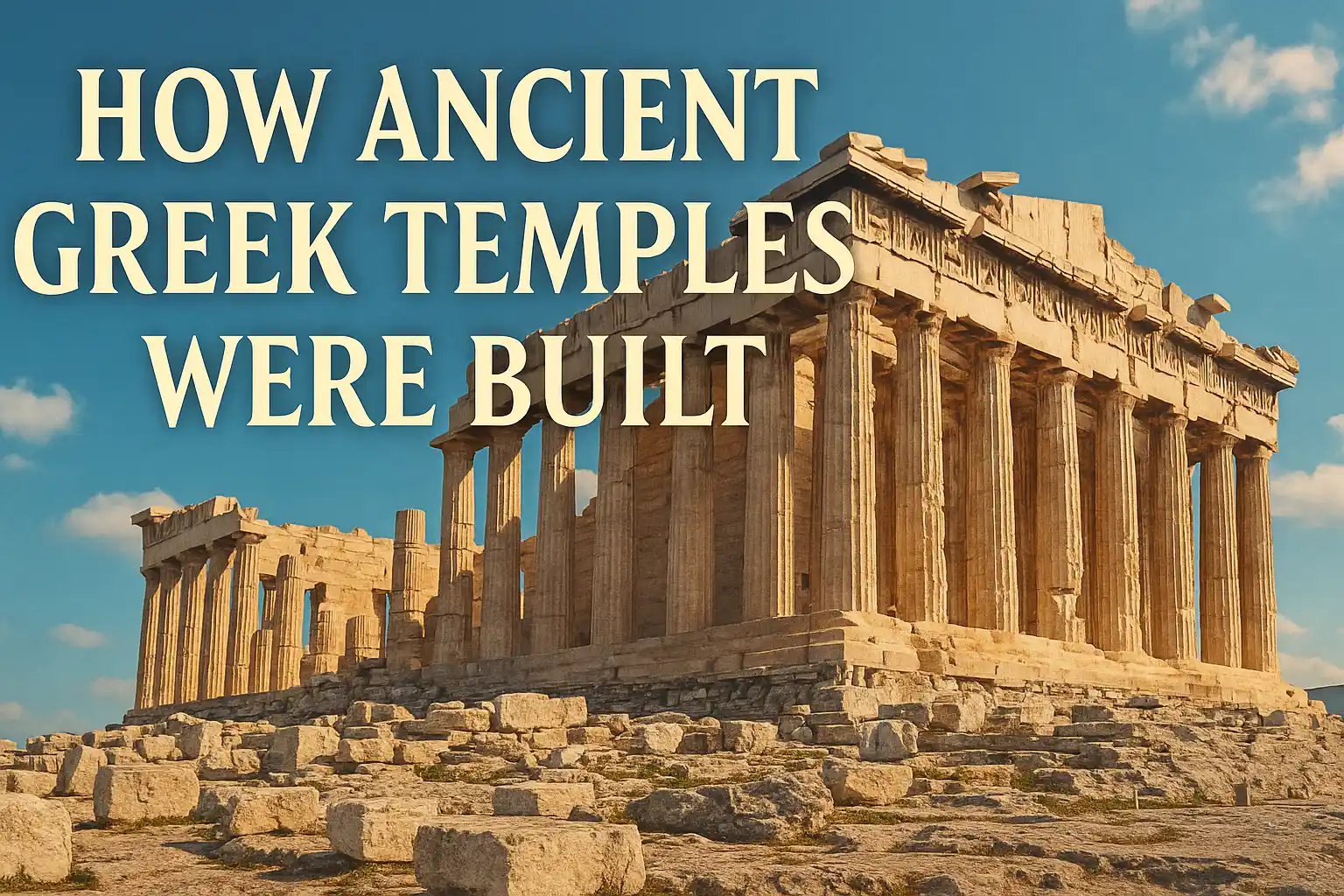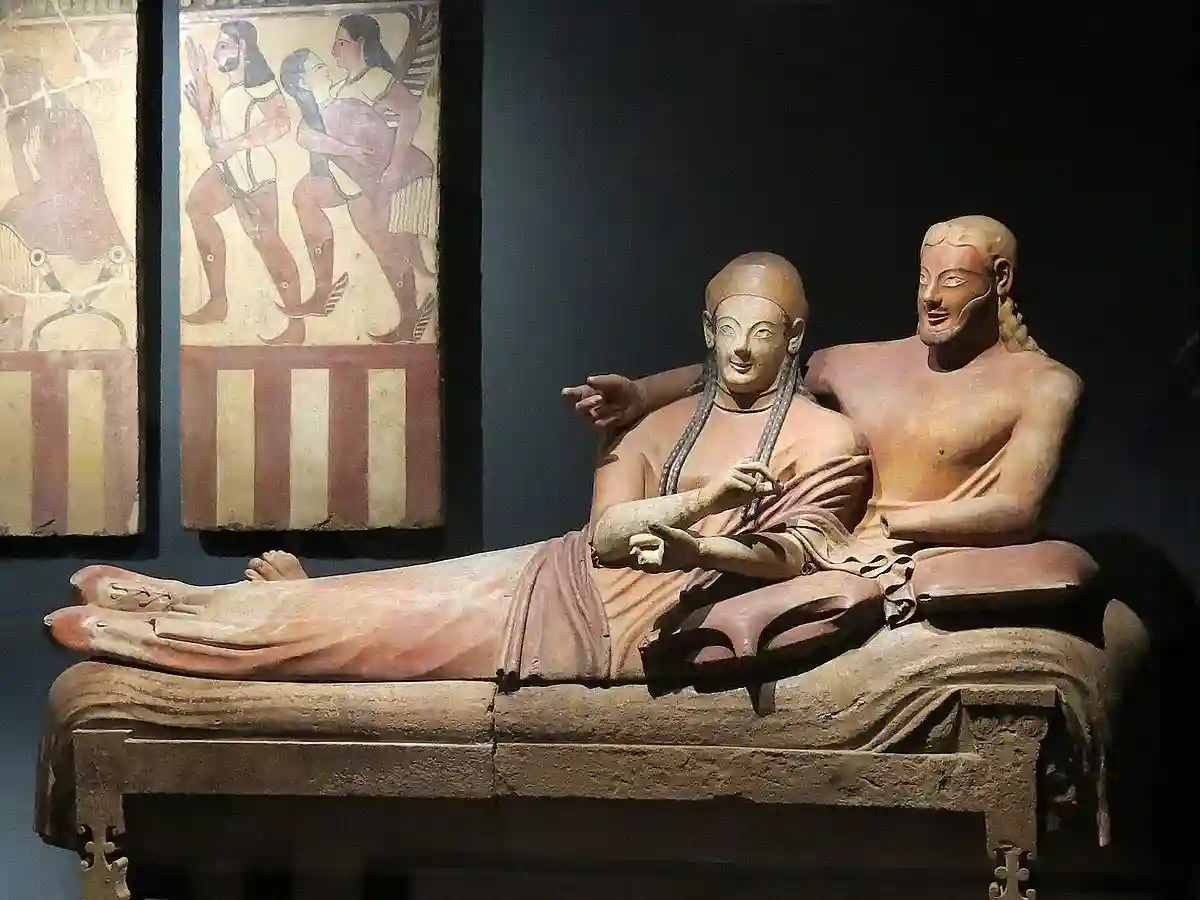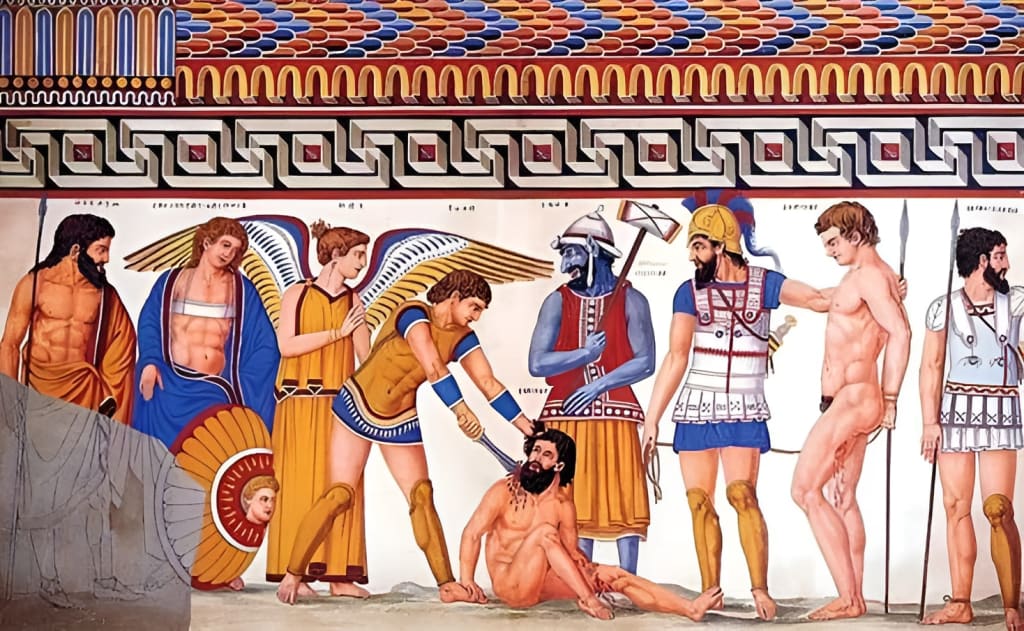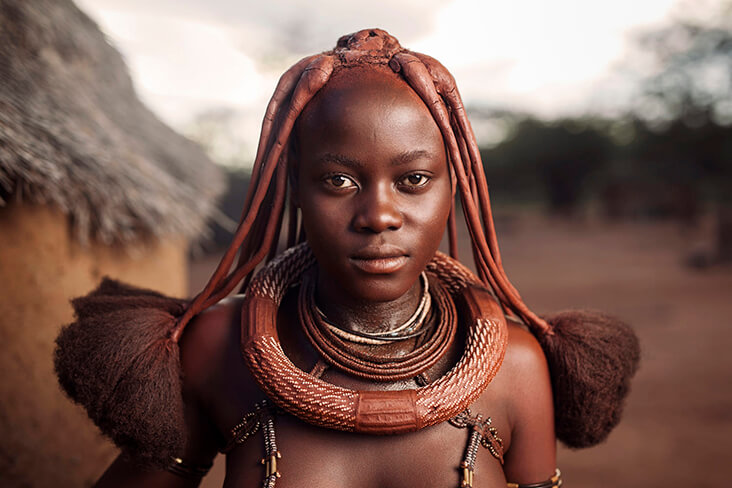
Before the rise of Rome, the Italian peninsula was dominated by a sophisticated, enigmatic culture that shaped its future conqueror in profound ways. The Etruscan civilization origins remain one of the most fascinating chapters in ancient history. Existing between the 9th and 1st centuries BCE, the Etruscans laid the foundation for many aspects of Roman religion, urban planning, language, and governance. But where did they come from? How did they thrive for centuries—and why did they ultimately disappear?
In this deep dive, we’ll explore the origins, culture, social structure, and enduring legacy of the Etruscan people, Italy’s first great civilization.
The Mystery of the Etruscan Civilization Origins
The origins of the Etruscan civilization have puzzled historians for centuries. Ancient Greek writers like Herodotus claimed the Etruscans were migrants from Lydia (in modern-day Turkey), while Dionysius of Halicarnassus insisted they were native to Italy. This debate—autochthonous vs. migratory origin—continues to this day, though modern science is closing in on answers.
Recent DNA studies published in Science Advances have added compelling evidence to the conversation. These genetic analyses suggest that the Etruscans were closely related to other Iron Age populations of central and southern Europe, including Latins and early Italics—pointing to an indigenous origin rather than a migration event.
What is indisputable, however, is the Etruscans’ distinctive cultural identity and the profound mark they left on Italian and Roman development.
From Villanovans to Etruscans
The earliest identifiable Etruscans evolved from the Villanovan culture, an Iron Age society that appeared in Italy around 900 BCE. Villanovan communities practiced cremation, buried ashes in biconical urns, and lived in modest settlements across central Italy.
By the 8th century BCE, Villanovan settlements began transforming into larger, fortified cities with increasing social stratification, trade networks, and religious institutions—traits that signaled the emergence of a true civilization. These were the first unmistakable signs of Etruscan civilization origins.
The Geography of Power: Etruria and Its City-States
The Etruscans occupied a region known as Etruria, which included modern-day Tuscany, western Umbria, and northern Lazio. Unlike unified empires, the Etruscans operated as a loose confederation of city-states, each independent but culturally connected.
Major Etruscan cities included:
-
Veii – a major rival of early Rome
-
Tarquinia – renowned for its painted tombs
-
Cerveteri – home to elaborate necropolises
-
Volterra – a strong inland center
-
Populonia – an industrial coastal city
These urban centers were linked through trade, religion, and shared language, but they often pursued different political and military objectives.
A Unique Language and Writing System
The Etruscans spoke a non-Indo-European language that remains partially undeciphered to this day. Their script, however, is known—it was adapted from Greek and written in an alphabet that heavily influenced the Latin script.
Thousands of Etruscan inscriptions have survived on tombs, mirrors, urns, and bronze tablets. While scholars can read Etruscan phonetically, the meanings of many words are still uncertain. This linguistic mystery has been a barrier to fully understanding Etruscan literature, history, and philosophy.
Nonetheless, the Etruscans’ written tradition was advanced for its time and directly influenced the development of Latin literacy in early Rome.
Religion and Belief Systems
Etruscan religion was deeply ritualistic, centered on the belief that divine forces governed all aspects of life. Priests, known as haruspices, interpreted omens from animal entrails, lightning strikes, and celestial events to guide decisions from city planning to warfare.
Key features of Etruscan religious life included:
-
Augury: interpreting the flight of birds
-
Haruspicy: examining the liver of sacrificial animals
-
Necropolises: cities of the dead with elaborately decorated tombs
-
Gods and goddesses: including Tinia (sky god), Uni (queen of the gods), and Menrva (wisdom)
These practices deeply influenced Roman religion. Even the Roman senate consulted Etruscan diviners on matters of state, a testament to the enduring prestige of Etruscan spirituality.
Social Structure and the Role of Women
The Etruscan society was hierarchical, with a powerful aristocracy and a large lower class composed of farmers, artisans, and laborers. But what made Etruscan culture unique in the ancient world was the elevated role of women.
Unlike their Greek or Roman counterparts, Etruscan women were:
-
Educated
-
Allowed to dine with men
-
Depicted in artwork with equal prominence
-
Known by both paternal and maternal lineage
Inscriptions on tombs often mention the names of both parents—a rarity in the ancient world. Etruscan women owned property, participated in public life, and appear prominently in frescoes from Tarquinia and Cerveteri.
This level of gender equality shocked Greek and Roman observers, who criticized Etruscan customs as overly indulgent.
Commerce, Craftsmanship, and Art
The Etruscans were master artisans and energetic traders. Their cities thrived through commerce in iron, copper, and tin, and they developed extensive trade networks that stretched across the Mediterranean.
They exchanged goods with:
-
Greeks (pottery, art, luxury goods)
-
Phoenicians (metals and wine)
-
Carthaginians (naval goods)
-
And even Egyptians, indirectly
Etruscan tombs are filled with intricate bronze mirrors, decorated ceramics, gold jewelry, and wall frescoes that depict banquets, chariot races, and mythological scenes. These artifacts speak to a culture that valued aesthetics, wealth, and ritual.
You can explore this vibrant artistic tradition through the Khan Academy’s Etruscan Art overview.
The Political League of Twelve Cities
The Etruscans never formed a unified state, but they did establish a loose alliance known as the Dodecapolis—a league of twelve main city-states. This league coordinated religious festivals, mutual defense, and diplomacy, but did not enforce a centralized authority.
This model of independent but allied polities likely inspired aspects of the later Roman Republic and even influenced federal political systems centuries later.
Conflicts and the Decline of the Etruscans
By the 5th century BCE, Etruscan dominance began to fade. A combination of internal divisions and external pressures—including the growing power of the Greek colonies in the south and Gallic invasions from the north—began to erode Etruscan unity.
The most significant threat, however, came from Rome, which gradually conquered Etruscan cities one by one:
-
Veii fell in 396 BCE after a decade-long siege
-
Other cities like Volsinii, Tarquinia, and Caere followed in the 4th and 3rd centuries BCE
By the 1st century BCE, the Etruscans had been fully absorbed into the Roman Republic. Their language faded, their customs were Romanized, and their cities were rebranded—but their influence endured.
Etruscan Influence on Roman Civilization
Despite their disappearance, the Etruscans left a lasting imprint on Rome in many ways:
-
Religion: augury, haruspicy, temple architecture, and the adoption of Etruscan deities
-
Urban planning: the grid layout of Roman towns and the use of city gates
-
Symbols of power: the fasces (a bundle of rods and axe) carried by Roman lictors was of Etruscan origin
-
Political concepts: the idea of magistracy and state ceremony
-
Infrastructure: the Cloaca Maxima, Rome’s great sewer, was an Etruscan engineering feat
Even Rome’s legendary monarchy had Etruscan roots. The last three kings of Rome—Tarquinius Priscus, Servius Tullius, and Tarquinius Superbus—were of Etruscan descent.
Rediscovery Through Archaeology and Science
For centuries, the Etruscans were seen as a mysterious people known mostly through Roman and Greek sources. But in the 19th and 20th centuries, archaeological excavations uncovered tombs, temples, and artifacts that shed new light on Etruscan life.
Modern technology has also contributed:
-
DNA sequencing revealed genetic continuity with earlier Italic peoples
-
Linguistic studies continue to decode their language
-
Satellite imagery has mapped long-lost settlements and necropolises
These discoveries have helped historians better understand Etruscan civilization origins as indigenous, innovative, and deeply influential.
Conclusion: The Forgotten Founders of Italy
The story of the Etruscans is one of brilliance, mystery, and transformation. As the first great cultural power of ancient Italy, they shaped the identity of the peninsula before Rome took its first breath. Their cities, rituals, art, and politics laid the groundwork for the Roman world—and by extension, the Western world.
Though their language faded and their names were Latinized, the legacy of the Etruscans lives on in every Roman arch, every political institution inspired by Rome, and every whisper of the ancient past preserved in stone.
The Etruscan civilization origins remind us that behind every great empire stands another forgotten one, without which history might have taken a very different path.
❓FAQ
Q1: Where did the Etruscan civilization originate?
Recent DNA and archaeological evidence suggest they were indigenous to central Italy, evolving from the Villanovan culture.
Q2: What language did the Etruscans speak?
They spoke a unique, non-Indo-European language that remains partially undeciphered, though it influenced early Latin.
Q3: How did Etruscan culture influence Rome?
Etruscans shaped Roman religion, engineering, urban planning, symbols of authority, and even aspects of politics.
Q4: Why did the Etruscans decline?
Their fall resulted from internal divisions, foreign invasions, and eventual conquest by Rome during the 4th–1st centuries BCE.
Q5: What made Etruscan women unique?
Etruscan women had greater social freedoms than Greek or Roman women—they were literate, publicly visible, and property owners.
Q6: Are there Etruscan sites to visit today?
Yes—cities like Tarquinia, Cerveteri, and Volterra feature museums and necropolises open to the public.

